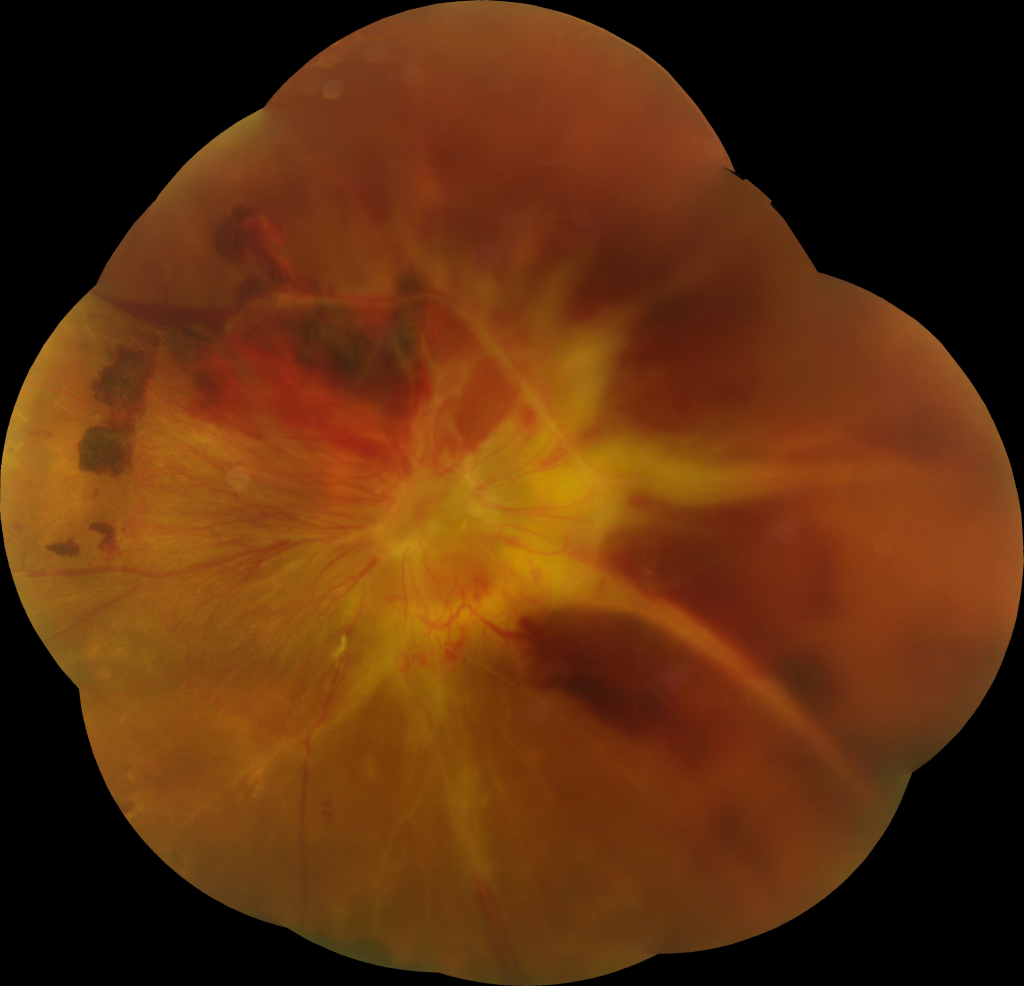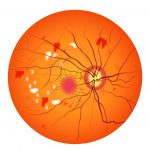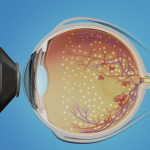Diabetic Retinopathy – Advanced
What is proliferative diabetic retinopathy (PDR)?
Diabetic eye disease is the commonest cause of blindness in the working-age group. Proliferative diabetic retinopathy (PDR) is the advanced form of Diabetic Retinopathy. PDR develops when abnormal or fragile blood vessels grow on the retina.
Risk factors for PDR
- Poorly controlled diabetes
- Duration of diabetes
- Smoking
- Uncontrolled blood pressure
Vision loss in PDR?
The fragile blood vessels in PDR are at increased risk of rupture resulting in bleeding in the eye (vitreous hemorrhage). In the most advanced form, the retina is pulled forward resulting in a detachment.
How can PDR be diagnosed?
–VISION test to check the eyesight
-DIALATION to increase the size of the pupil to check the retina (watch the video below)
-OCT test to identify the retinal detachment
-FFA test to check the leaking blood vessels in the eye.
How can PDR be treated?
Treatment options include:
- Laser photocoagulation (PRP laser) Laser for Diabetic Retinopathy
- Anti-VEGF treatment
- Vitrectomy Surgery (watch the video below)
Timely treatment of diabetic retinopathy can prevent blindness
Why is Laser done?
The main reason for laser photocoagulation is to treat the abnormal ischemic retina. Laser is not done to improve vision but it is done to save the eye from further damage. Usually, the laser is completed in 1 or 2 settings.
When are anti-VEGF injections given?
In patients who have both PDR and diabetic macular edema, anti-VEGF injections (Avastin/ Patizra/ Eylea) are the treatment of choice. Injections are repeated monthly.
How is Vitrectomy helpful in patients with PDR?
In very advanced cases vitrectomy can help to clear the blood from the eye. Vitrectomy is also performed to relieve tractions in cases of retinal detachment.




